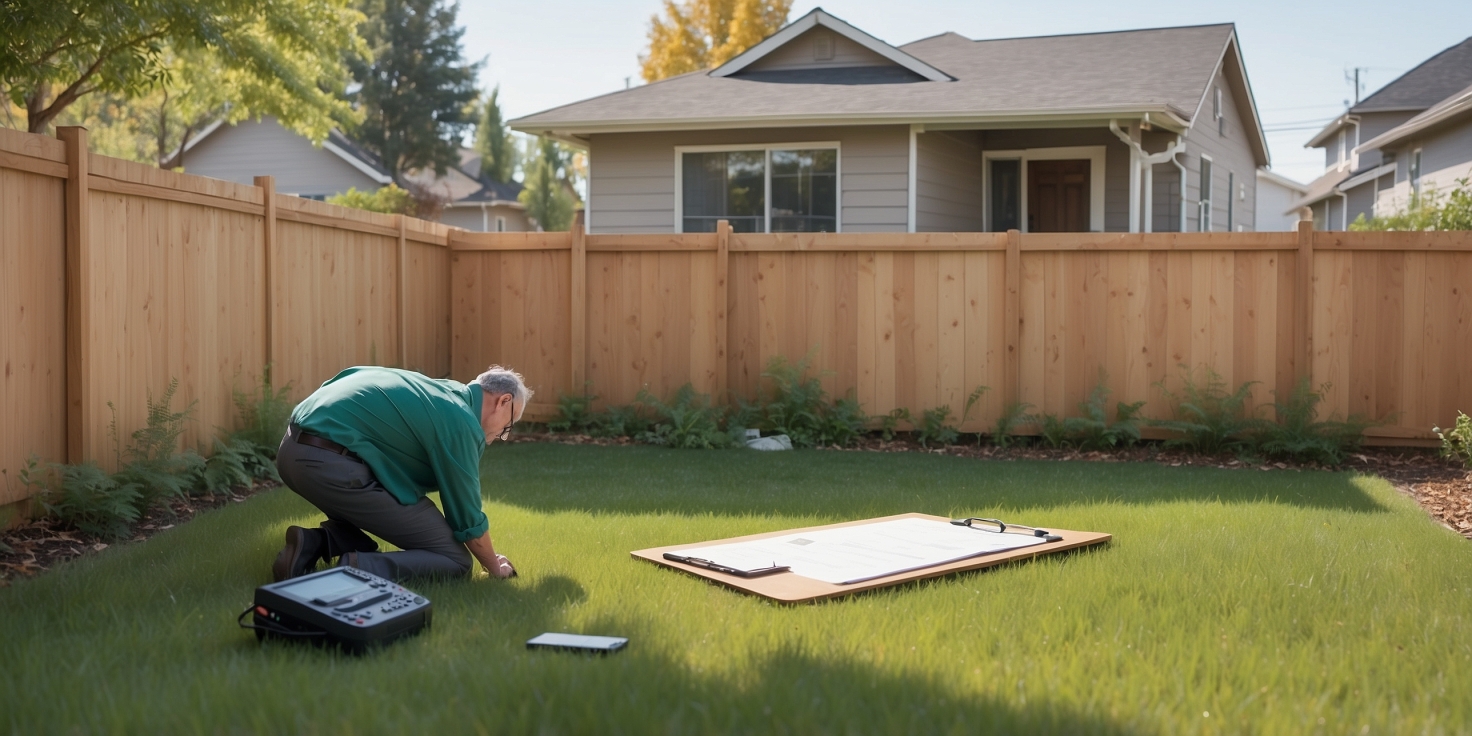When your fence collapses—whether from a storm, accident, or natural wear and tear—it can feel like a small disaster. But here’s the thing: documenting the damage properly can make or break your insurance claim. If you’re not sure where to start, don’t worry. We’re diving deep into how to document damage from a collapsed fence like a pro. And if you need help, LMR Public Adjusters—South Florida’s premier public adjusters—are here to advocate for you every step of the way.
Outline
- Why Documenting Fence Damage Matters
- Initial Steps After the Fence Collapses
- How to Photograph and Record Fence Damage
- Gathering Supporting Evidence for Your Claim
- Working with a Public Adjuster to Maximize Your Claim
Why Documenting Fence Damage Matters
Let’s be real—insurance companies aren’t always eager to hand over money. That’s why documenting damage from a collapsed fence is more than just snapping a few photos. It’s about building a solid case that proves your loss and justifies your claim.
Think of it like this: if your fence was a witness in court, your documentation is its testimony. Without it, your claim might fall flat. Insurance adjusters need clear, detailed evidence to process your claim efficiently. And if you’re dealing with storm-related damage, like wind damage or water damage, the stakes are even higher.
At LMR Public Adjusters, we’ve seen too many homeowners miss out on fair compensation simply because they didn’t document properly. Our property claims experts help you avoid those pitfalls by guiding you through every step.
So, before you start repairs or toss out debris, remember: documentation first, cleanup second.
Initial Steps After the Fence Collapses
Okay, your fence just gave up the ghost. Now what? First things first—stay calm. Then follow these steps to get the ball rolling:
- Ensure safety: Make sure no one is injured and that the collapsed fence isn’t posing a hazard to people or pets.
- Secure the area: If the fence was keeping pets in or intruders out, set up a temporary barrier.
- Notify your insurance company: Give them a heads-up that you’ll be filing a claim.
- Contact a public adjuster: Reach out to LMR Public Adjusters for a free consultation. We’ll help you understand your policy and what’s covered.
Also, don’t forget to check if the damage is linked to other issues like plumbing damage or mold damage. These could be part of a larger claim.
And if you’re in South Florida, we’ve got local experts in your area—from Fort Lauderdale to Pembroke Pines—ready to help.
How to Photograph and Record Fence Damage
Now comes the fun part—playing detective. Grab your phone or camera and get ready to document like a pro. Here’s how to do it right:
Take Wide Shots
Start with wide-angle photos that show the entire fence line. This gives context to the damage and shows the scale of the collapse.
Zoom in on Details
Next, take close-ups of broken boards, bent posts, or any signs of rot or rust. If there’s debris from a storm, capture that too. And don’t forget to photograph any nearby damage to your home or commercial property.
Use a Time Stamp
Make sure your photos are time-stamped. Most smartphones do this automatically, but double-check. It helps prove when the damage occurred.
Record a Video
A short video walkthrough can be incredibly powerful. Narrate what happened, point out specific damage, and explain any safety concerns.
Need more tips? Check out our blog for expert advice on documenting property damage.
Gathering Supporting Evidence for Your Claim
Photos are just the beginning. To really strengthen your claim, you’ll need a few more pieces of the puzzle:
- Receipts and invoices: If you’ve repaired or replaced parts of the fence before, include those documents.
- Maintenance records: Show that you’ve been taking care of your property. This proves the collapse wasn’t due to neglect.
- Weather reports: If a storm caused the damage, pull up local weather data from the day it happened.
- Witness statements: Neighbors or passersby who saw the fence fall can provide helpful testimony.
All of this helps paint a full picture for your insurance company. And if you’re unsure what counts as “supporting evidence,” our team at LMR Public Adjusters can guide you through the process. We’ve helped clients from Hollywood to Aventura gather the right documents and win their claims.
Remember, the more evidence you have, the stronger your case. Don’t leave money on the table.
Working with a Public Adjuster to Maximize Your Claim
Let’s face it—insurance policies are confusing. That’s where a public adjuster comes in. Think of us as your personal insurance advocate. At LMR Public Adjusters, we work for you, not the insurance company.
Here’s how we help:
- Policy review: We break down your policy and explain what’s covered.
- Damage assessment: Our team inspects the fence and surrounding property to ensure nothing is missed.
- Claim preparation: We compile all your documentation into a professional claim package.
- Negotiation: We handle all communication with the insurance company and fight for the highest payout possible.
We’ve helped clients across South Florida—from Lake Worth to Weston—recover thousands more than they would have on their own. And with our stellar reviews, you know you’re in good hands.
So if your fence has collapsed and you’re feeling overwhelmed, don’t go it alone. Let LMR Public Adjusters take the reins and get you the compensation you deserve.
Conclusion
Dealing with a collapsed fence might seem like a minor inconvenience, but when it comes to insurance claims, every detail matters. From snapping the right photos to gathering supporting documents and working with a public adjuster, each step plays a crucial role in getting the payout you deserve.
At LMR Public Adjusters, we’re more than just claim experts—we’re your partners in recovery. Whether you’re in Plantation, Parkland, or anywhere in South Florida, we’re here to help you navigate the process with confidence and clarity.
So don’t wait. Document that damage, gather your evidence, and reach out to the pros who’ve got your back.
Frequently Asked Questions
What should I do immediately after my fence collapses?
First, ensure everyone is safe and the area is secure. Then, take photos, notify your insurance company, and contact a public adjuster like LMR Public Adjusters for guidance.
Can I still file a claim if I already started repairs?
Yes, but it’s trickier. You’ll need before-and-after photos and receipts. It’s always best to document everything before making changes.
Does homeowners insurance cover fence damage?
It depends on your policy and the cause of the damage. Storms and accidents are usually covered, but wear and tear might not be. Let LMR Public Adjusters review your policy to be sure.
How long does it take to process a fence damage claim?
It varies, but with proper documentation and a public adjuster on your side, the process can move much faster—often within weeks.
Why should I hire a public adjuster instead of handling the claim myself?
Public adjusters know the ins and outs of insurance policies and can negotiate better settlements. LMR Public Adjusters ensures you don’t leave money on the table.




